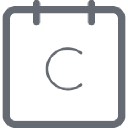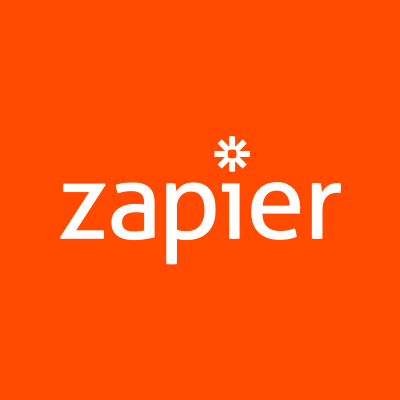How Justin Welsh Built A $2M Solopreneur Empire
Hello! Who are you and what business did you start?
Hi, my name is Justin Welsh and I am the founder of well…Justin Welsh. Clever name, I know.
I’m a writer and solopreneur, building a portfolio of one-person internet businesses via social media.
I recently passed $2M in annual revenue.
My core business is a knowledge business, where I create knowledge products that help other solopreneurs and entrepreneurs leverage social media to build their one-person businesses online.
I built this business to be lifestyle-first, meaning it’s highly automated and has no full-time employees, just a part-time VA. My business is fueled by my social media following. I have 380K followers on LinkedIn and 330K followers on Twitter. And I also write a newsletter with 80K weekly readers. It’s called The Saturday Solopreneur.
I have several different products and services, but my flagship products are two digital courses that help solopreneurs and entrepreneurs understand how to use social media to grow their businesses.
The first product, The LinkedIn Operating System, is a 2-hour digital course that teaches people how to leverage the power of...

Download the report and join our email newsletter packed with business ideas and money-making opportunities, backed by real-life case studies.

Download the report and join our email newsletter packed with business ideas and money-making opportunities, backed by real-life case studies.

Download the report and join our email newsletter packed with business ideas and money-making opportunities, backed by real-life case studies.

Download the report and join our email newsletter packed with business ideas and money-making opportunities, backed by real-life case studies.

Download the report and join our email newsletter packed with business ideas and money-making opportunities, backed by real-life case studies.

Download the report and join our email newsletter packed with business ideas and money-making opportunities, backed by real-life case studies.

Download the report and join our email newsletter packed with business ideas and money-making opportunities, backed by real-life case studies.

Download the report and join our email newsletter packed with business ideas and money-making opportunities, backed by real-life case studies.




























